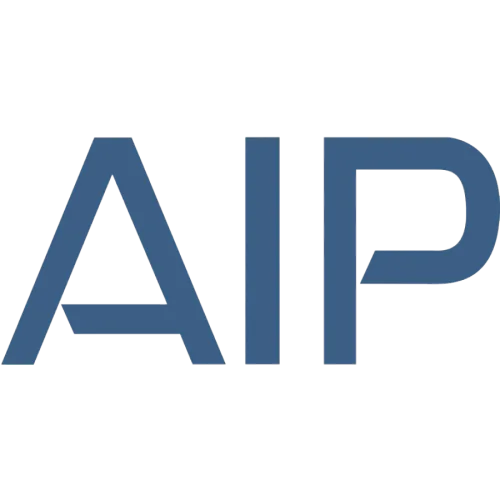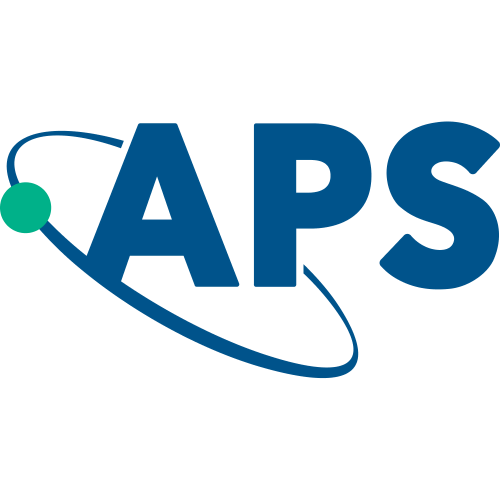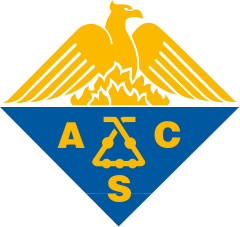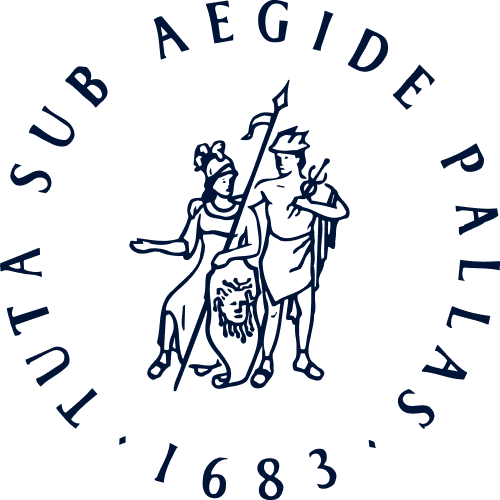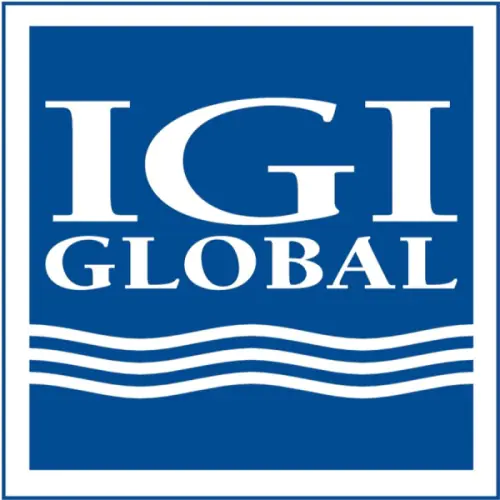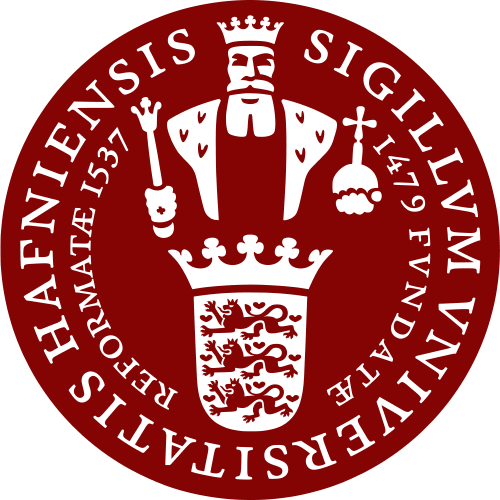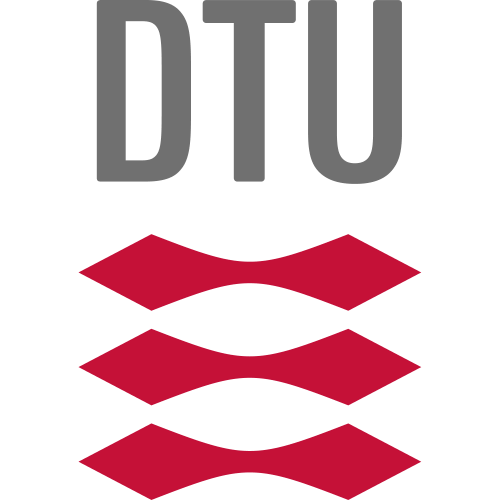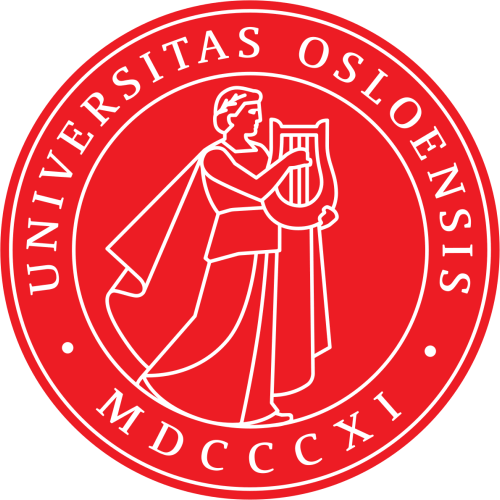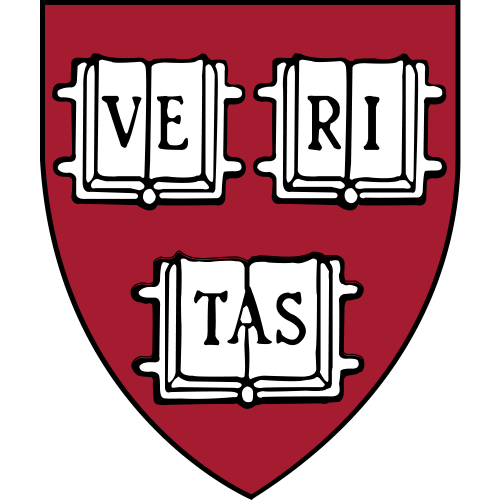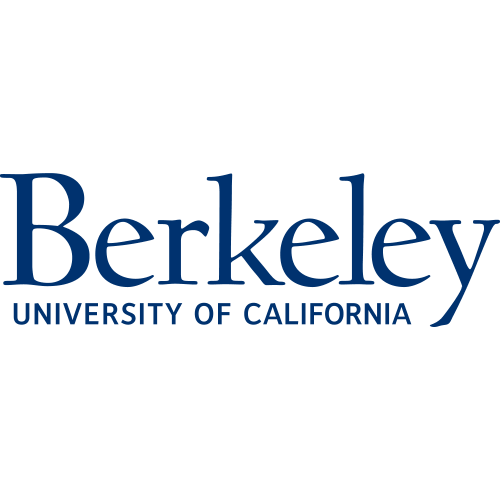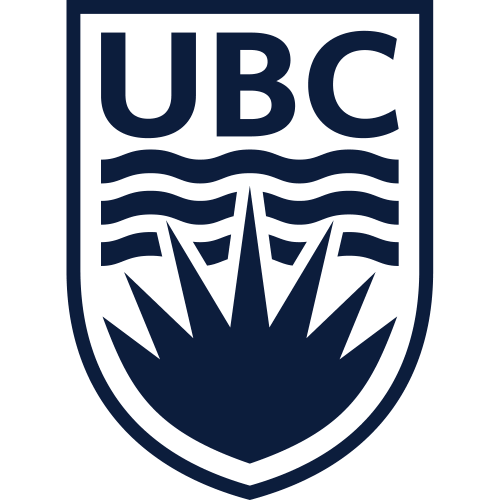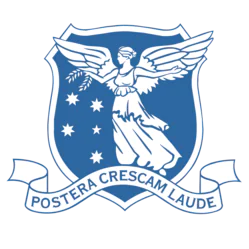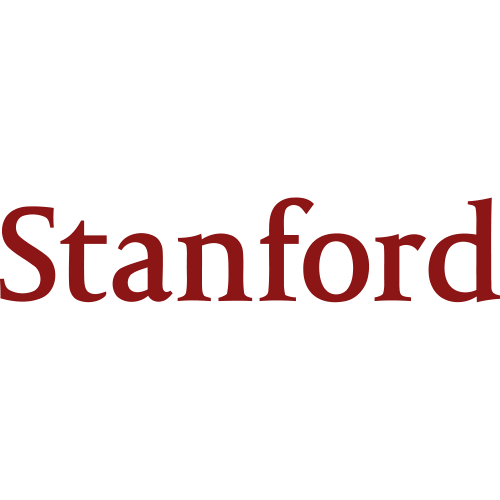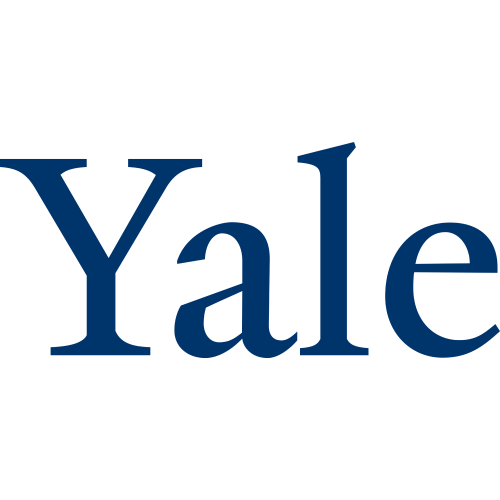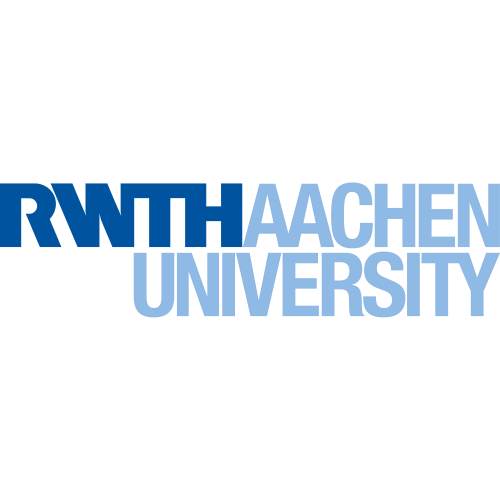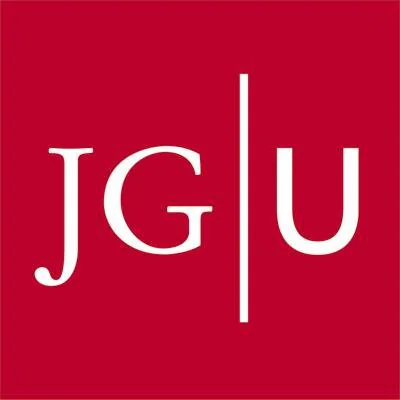Roskilde University
Are you a researcher?
Create a profile to get free access to personal recommendations for colleagues and new articles.

Publications
7 833
Citations
188 689
h-index
160
Top-3 journals

Lecture Notes in Computer Science
(147 publications)

Journal of Chemical Physics
(140 publications)

Ethical Economy
(55 publications)
Top-3 organizations
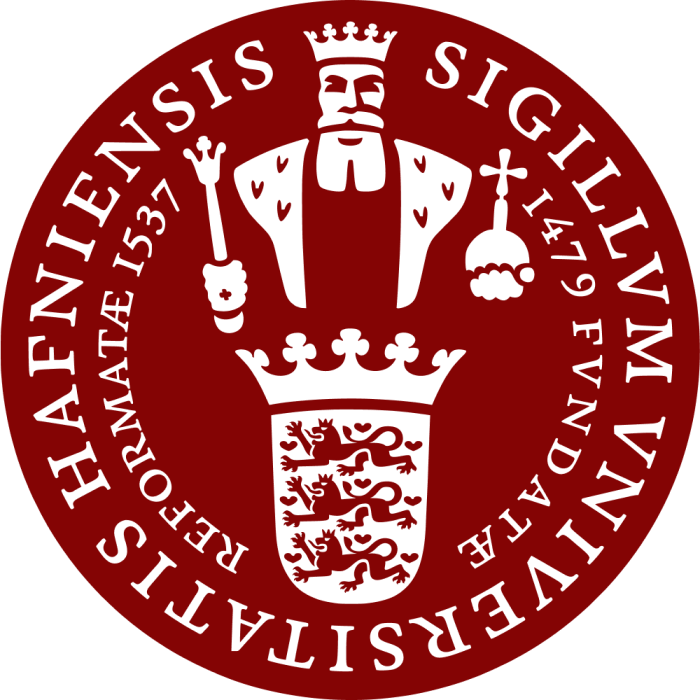
University of Copenhagen
(1024 publications)

Aarhus University
(460 publications)
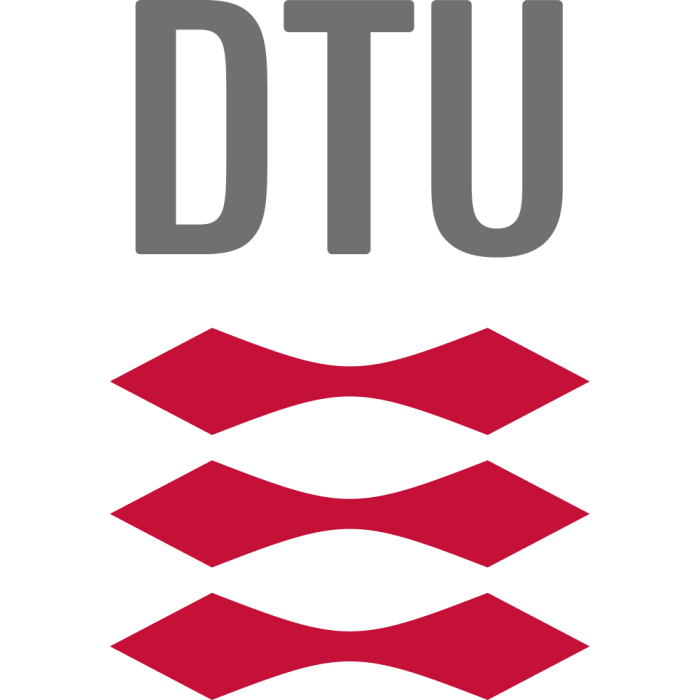
Technical University of Denmark
(385 publications)
Top-3 foreign organizations

Lund University
(106 publications)

University of Gothenburg
(74 publications)
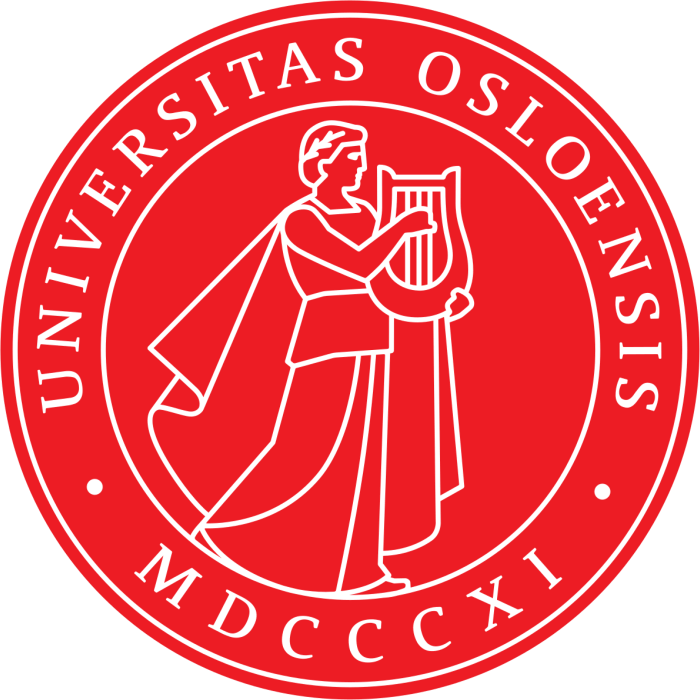
University of Oslo
(65 publications)
Most cited in 5 years
Found
Nothing found, try to update filter.
Found
Nothing found, try to update filter.
Since 1973
Total publications
7833
Total citations
188689
Citations per publication
24.09
Average publications per year
145.06
Average authors per publication
4.23
h-index
160
Metrics description
h-index
A scientist has an h-index if h of his N publications are cited at least h times each, while the remaining (N - h) publications are cited no more than h times each.
Top-30
Fields of science
|
100
200
300
400
500
600
700
|
|
|
Sociology and Political Science
|
Sociology and Political Science, 691, 8.82%
Sociology and Political Science
691 publications, 8.82%
|
|
General Medicine
|
General Medicine, 535, 6.83%
General Medicine
535 publications, 6.83%
|
|
Geography, Planning and Development
|
Geography, Planning and Development, 428, 5.46%
Geography, Planning and Development
428 publications, 5.46%
|
|
Biochemistry
|
Biochemistry, 381, 4.86%
Biochemistry
381 publications, 4.86%
|
|
Physical and Theoretical Chemistry
|
Physical and Theoretical Chemistry, 317, 4.05%
Physical and Theoretical Chemistry
317 publications, 4.05%
|
|
General Physics and Astronomy
|
General Physics and Astronomy, 264, 3.37%
General Physics and Astronomy
264 publications, 3.37%
|
|
Molecular Biology
|
Molecular Biology, 257, 3.28%
Molecular Biology
257 publications, 3.28%
|
|
Aquatic Science
|
Aquatic Science, 256, 3.27%
Aquatic Science
256 publications, 3.27%
|
|
Development
|
Development, 235, 3%
Development
235 publications, 3%
|
|
Political Science and International Relations
|
Political Science and International Relations, 227, 2.9%
Political Science and International Relations
227 publications, 2.9%
|
|
Public Administration
|
Public Administration, 218, 2.78%
Public Administration
218 publications, 2.78%
|
|
Strategy and Management
|
Strategy and Management, 215, 2.74%
Strategy and Management
215 publications, 2.74%
|
|
Education
|
Education, 200, 2.55%
Education
200 publications, 2.55%
|
|
General Chemistry
|
General Chemistry, 196, 2.5%
General Chemistry
196 publications, 2.5%
|
|
Organic Chemistry
|
Organic Chemistry, 188, 2.4%
Organic Chemistry
188 publications, 2.4%
|
|
Health, Toxicology and Mutagenesis
|
Health, Toxicology and Mutagenesis, 186, 2.37%
Health, Toxicology and Mutagenesis
186 publications, 2.37%
|
|
Ecology, Evolution, Behavior and Systematics
|
Ecology, Evolution, Behavior and Systematics, 186, 2.37%
Ecology, Evolution, Behavior and Systematics
186 publications, 2.37%
|
|
Management, Monitoring, Policy and Law
|
Management, Monitoring, Policy and Law, 185, 2.36%
Management, Monitoring, Policy and Law
185 publications, 2.36%
|
|
Cultural Studies
|
Cultural Studies, 183, 2.34%
Cultural Studies
183 publications, 2.34%
|
|
Arts and Humanities (miscellaneous)
|
Arts and Humanities (miscellaneous), 176, 2.25%
Arts and Humanities (miscellaneous)
176 publications, 2.25%
|
|
Public Health, Environmental and Occupational Health
|
Public Health, Environmental and Occupational Health, 174, 2.22%
Public Health, Environmental and Occupational Health
174 publications, 2.22%
|
|
Communication
|
Communication, 166, 2.12%
Communication
166 publications, 2.12%
|
|
Philosophy
|
Philosophy, 158, 2.02%
Philosophy
158 publications, 2.02%
|
|
History
|
History, 156, 1.99%
History
156 publications, 1.99%
|
|
Condensed Matter Physics
|
Condensed Matter Physics, 146, 1.86%
Condensed Matter Physics
146 publications, 1.86%
|
|
Cell Biology
|
Cell Biology, 141, 1.8%
Cell Biology
141 publications, 1.8%
|
|
Business and International Management
|
Business and International Management, 137, 1.75%
Business and International Management
137 publications, 1.75%
|
|
Environmental Chemistry
|
Environmental Chemistry, 135, 1.72%
Environmental Chemistry
135 publications, 1.72%
|
|
General Environmental Science
|
General Environmental Science, 133, 1.7%
General Environmental Science
133 publications, 1.7%
|
|
Genetics
|
Genetics, 132, 1.69%
Genetics
132 publications, 1.69%
|
|
100
200
300
400
500
600
700
|
Journals
|
20
40
60
80
100
120
140
160
|
|
|
Lecture Notes in Computer Science
147 publications, 1.88%
|
|
|
Journal of Chemical Physics
140 publications, 1.79%
|
|
|
Ethical Economy
55 publications, 0.7%
|
|
|
Physical Review E
51 publications, 0.65%
|
|
|
Magnetic Resonance in Chemistry
48 publications, 0.61%
|
|
|
Scientific Reports
42 publications, 0.54%
|
|
|
Environmental Toxicology and Chemistry
39 publications, 0.5%
|
|
|
Journal of Physical Chemistry B
38 publications, 0.49%
|
|
|
Journal of Molecular Structure
37 publications, 0.47%
|
|
|
PLoS ONE
37 publications, 0.47%
|
|
|
Blood
33 publications, 0.42%
|
|
|
Science of the Total Environment
31 publications, 0.4%
|
|
|
Acta Sociologica
30 publications, 0.38%
|
|
|
Public Administration
30 publications, 0.38%
|
|
|
SSRN Electronic Journal
30 publications, 0.38%
|
|
|
Physical Review Letters
28 publications, 0.36%
|
|
|
Marine Biology
28 publications, 0.36%
|
|
|
ATLA Alternatives to Laboratory Animals
28 publications, 0.36%
|
|
|
Social Policy and Administration
26 publications, 0.33%
|
|
|
Journal of Non-Crystalline Solids
26 publications, 0.33%
|
|
|
Public Management Review
26 publications, 0.33%
|
|
|
Scandinavian Political Studies
25 publications, 0.32%
|
|
|
Aquatic Toxicology
25 publications, 0.32%
|
|
|
Environmental Research
24 publications, 0.31%
|
|
|
Nordicom Review
24 publications, 0.31%
|
|
|
Universitext
24 publications, 0.31%
|
|
|
European Journal of Development Research
23 publications, 0.29%
|
|
|
Journal of Cleaner Production
22 publications, 0.28%
|
|
|
Physical Chemistry Chemical Physics
22 publications, 0.28%
|
|
|
Danish Yearbook of Philosophy
22 publications, 0.28%
|
|
|
20
40
60
80
100
120
140
160
|
Publishers
|
200
400
600
800
1000
1200
1400
1600
|
|
|
Elsevier
1522 publications, 19.43%
|
|
|
Springer Nature
1505 publications, 19.21%
|
|
|
Taylor & Francis
1019 publications, 13.01%
|
|
|
Wiley
906 publications, 11.57%
|
|
|
SAGE
620 publications, 7.92%
|
|
|
Oxford University Press
231 publications, 2.95%
|
|
|
American Chemical Society (ACS)
169 publications, 2.16%
|
|
|
MDPI
163 publications, 2.08%
|
|
|
AIP Publishing
159 publications, 2.03%
|
|
|
Cambridge University Press
143 publications, 1.83%
|
|
|
American Physical Society (APS)
108 publications, 1.38%
|
|
|
Emerald
92 publications, 1.17%
|
|
|
Royal Society of Chemistry (RSC)
71 publications, 0.91%
|
|
|
Frontiers Media S.A.
65 publications, 0.83%
|
|
|
Brill
50 publications, 0.64%
|
|
|
John Benjamins Publishing Company
46 publications, 0.59%
|
|
|
Public Library of Science (PLoS)
45 publications, 0.57%
|
|
|
BMJ
42 publications, 0.54%
|
|
|
Bristol University Press
42 publications, 0.54%
|
|
|
Inderscience Publishers
37 publications, 0.47%
|
|
|
American Society for Microbiology
35 publications, 0.45%
|
|
|
Walter de Gruyter
33 publications, 0.42%
|
|
|
American Society of Hematology
33 publications, 0.42%
|
|
|
IOP Publishing
32 publications, 0.41%
|
|
|
Scandinavian University Press / Universitetsforlaget AS
30 publications, 0.38%
|
|
|
Social Science Electronic Publishing
29 publications, 0.37%
|
|
|
IGI Global
27 publications, 0.34%
|
|
|
Association for Computing Machinery (ACM)
26 publications, 0.33%
|
|
|
Ovid Technologies (Wolters Kluwer Health)
24 publications, 0.31%
|
|
|
Goteborg University
22 publications, 0.28%
|
|
|
200
400
600
800
1000
1200
1400
1600
|
With other organizations
|
200
400
600
800
1000
1200
|
|
|
University of Copenhagen
1024 publications, 13.07%
|
|
|
Aarhus University
460 publications, 5.87%
|
|
|
Technical University of Denmark
385 publications, 4.92%
|
|
|
Copenhagen University Hospital
346 publications, 4.42%
|
|
|
University of Southern Denmark
274 publications, 3.5%
|
|
|
Aalborg University
152 publications, 1.94%
|
|
|
Copenhagen Business School
142 publications, 1.81%
|
|
|
Odense University Hospital
129 publications, 1.65%
|
|
|
Statens Serum Institut
118 publications, 1.51%
|
|
|
Danish Cancer Society
117 publications, 1.49%
|
|
|
Zealand University Hospital
117 publications, 1.49%
|
|
|
Lund University
106 publications, 1.35%
|
|
|
Aarhus University Hospital
104 publications, 1.33%
|
|
|
University of Gothenburg
74 publications, 0.94%
|
|
|
Aalborg University Hospital
72 publications, 0.92%
|
|
|
University of Oslo
65 publications, 0.83%
|
|
|
UiT The Arctic University of Norway
52 publications, 0.66%
|
|
|
Karolinska Institute
50 publications, 0.64%
|
|
|
University of Surrey
49 publications, 0.63%
|
|
|
Novo Nordisk
47 publications, 0.6%
|
|
|
National Research Centre for the Working Environment
46 publications, 0.59%
|
|
|
Stockholm University
43 publications, 0.55%
|
|
|
Utrecht University
43 publications, 0.55%
|
|
|
University of Western Australia
42 publications, 0.54%
|
|
|
Harvard University
42 publications, 0.54%
|
|
|
University College London
41 publications, 0.52%
|
|
|
University of California, Berkeley
37 publications, 0.47%
|
|
|
University of British Columbia
37 publications, 0.47%
|
|
|
University of Cambridge
36 publications, 0.46%
|
|
|
King's College London
35 publications, 0.45%
|
|
|
200
400
600
800
1000
1200
|
With foreign organizations
|
20
40
60
80
100
120
|
|
|
Lund University
106 publications, 1.35%
|
|
|
University of Gothenburg
74 publications, 0.94%
|
|
|
University of Oslo
65 publications, 0.83%
|
|
|
UiT The Arctic University of Norway
52 publications, 0.66%
|
|
|
Karolinska Institute
50 publications, 0.64%
|
|
|
University of Surrey
49 publications, 0.63%
|
|
|
Stockholm University
43 publications, 0.55%
|
|
|
Utrecht University
43 publications, 0.55%
|
|
|
University of Western Australia
42 publications, 0.54%
|
|
|
Harvard University
42 publications, 0.54%
|
|
|
University College London
41 publications, 0.52%
|
|
|
University of California, Berkeley
37 publications, 0.47%
|
|
|
University of British Columbia
37 publications, 0.47%
|
|
|
University of Cambridge
36 publications, 0.46%
|
|
|
King's College London
35 publications, 0.45%
|
|
|
French Institute of Health and Medical Research
35 publications, 0.45%
|
|
|
Norwegian University of Science and Technology
34 publications, 0.43%
|
|
|
Cornell University
34 publications, 0.43%
|
|
|
University of Sydney
34 publications, 0.43%
|
|
|
University of Melbourne
34 publications, 0.43%
|
|
|
University of Sharjah
32 publications, 0.41%
|
|
|
Stanford University
32 publications, 0.41%
|
|
|
University of Sheffield
32 publications, 0.41%
|
|
|
University of Oxford
31 publications, 0.4%
|
|
|
Uppsala University
30 publications, 0.38%
|
|
|
Yale University
30 publications, 0.38%
|
|
|
Norwegian Institute of Marine Research
30 publications, 0.38%
|
|
|
Vietnam National University Ho Chi Minh City
29 publications, 0.37%
|
|
|
RWTH Aachen University
29 publications, 0.37%
|
|
|
University Medical Center of the Johannes Gutenberg University Mainz
29 publications, 0.37%
|
|
|
20
40
60
80
100
120
|
With other countries
|
100
200
300
400
500
600
700
800
|
|
|
USA
|
USA, 754, 9.63%
USA
754 publications, 9.63%
|
|
United Kingdom
|
United Kingdom, 547, 6.98%
United Kingdom
547 publications, 6.98%
|
|
Germany
|
Germany, 363, 4.63%
Germany
363 publications, 4.63%
|
|
Sweden
|
Sweden, 353, 4.51%
Sweden
353 publications, 4.51%
|
|
Norway
|
Norway, 331, 4.23%
Norway
331 publications, 4.23%
|
|
Australia
|
Australia, 247, 3.15%
Australia
247 publications, 3.15%
|
|
Netherlands
|
Netherlands, 208, 2.66%
Netherlands
208 publications, 2.66%
|
|
France
|
France, 207, 2.64%
France
207 publications, 2.64%
|
|
Italy
|
Italy, 166, 2.12%
Italy
166 publications, 2.12%
|
|
China
|
China, 158, 2.02%
China
158 publications, 2.02%
|
|
Canada
|
Canada, 147, 1.88%
Canada
147 publications, 1.88%
|
|
Spain
|
Spain, 136, 1.74%
Spain
136 publications, 1.74%
|
|
Finland
|
Finland, 122, 1.56%
Finland
122 publications, 1.56%
|
|
Belgium
|
Belgium, 119, 1.52%
Belgium
119 publications, 1.52%
|
|
Poland
|
Poland, 116, 1.48%
Poland
116 publications, 1.48%
|
|
Switzerland
|
Switzerland, 116, 1.48%
Switzerland
116 publications, 1.48%
|
|
Austria
|
Austria, 77, 0.98%
Austria
77 publications, 0.98%
|
|
Portugal
|
Portugal, 72, 0.92%
Portugal
72 publications, 0.92%
|
|
Japan
|
Japan, 69, 0.88%
Japan
69 publications, 0.88%
|
|
Vietnam
|
Vietnam, 61, 0.78%
Vietnam
61 publications, 0.78%
|
|
India
|
India, 44, 0.56%
India
44 publications, 0.56%
|
|
Russia
|
Russia, 41, 0.52%
Russia
41 publications, 0.52%
|
|
Ireland
|
Ireland, 40, 0.51%
Ireland
40 publications, 0.51%
|
|
Brazil
|
Brazil, 39, 0.5%
Brazil
39 publications, 0.5%
|
|
Czech Republic
|
Czech Republic, 39, 0.5%
Czech Republic
39 publications, 0.5%
|
|
Greece
|
Greece, 38, 0.49%
Greece
38 publications, 0.49%
|
|
New Zealand
|
New Zealand, 36, 0.46%
New Zealand
36 publications, 0.46%
|
|
South Africa
|
South Africa, 31, 0.4%
South Africa
31 publications, 0.4%
|
|
Hungary
|
Hungary, 30, 0.38%
Hungary
30 publications, 0.38%
|
|
100
200
300
400
500
600
700
800
|
- We do not take into account publications without a DOI.
- Statistics recalculated daily.
- Publications published earlier than 1973 are ignored in the statistics.
- The horizontal charts show the 30 top positions.
- Journals quartiles values are relevant at the moment.



